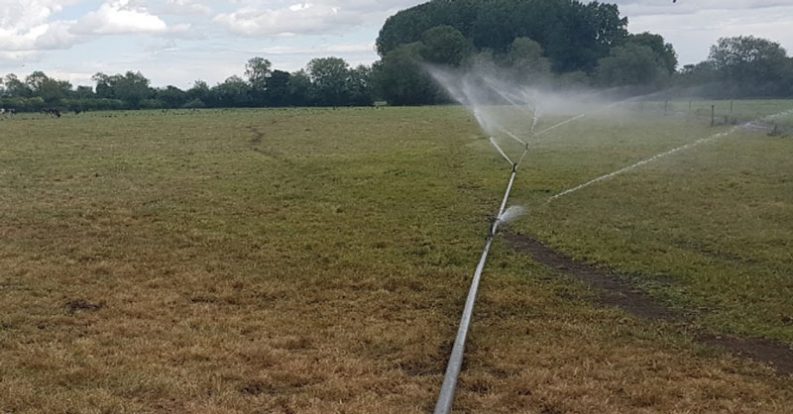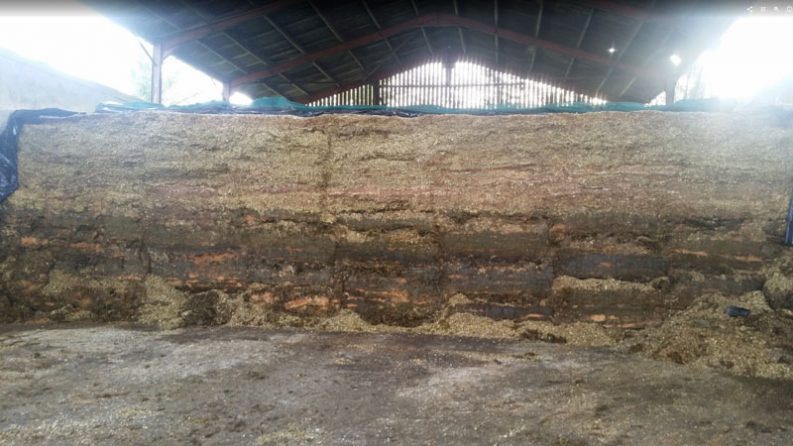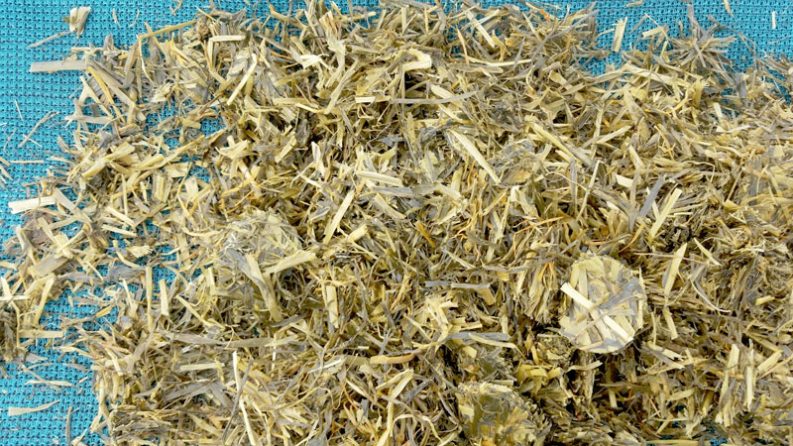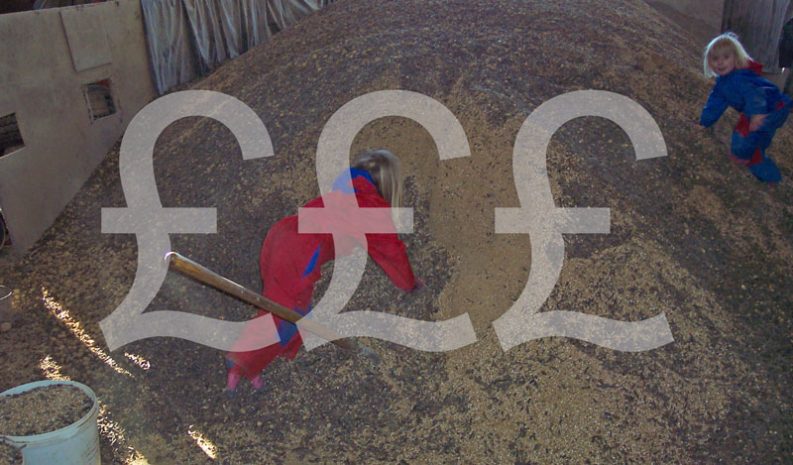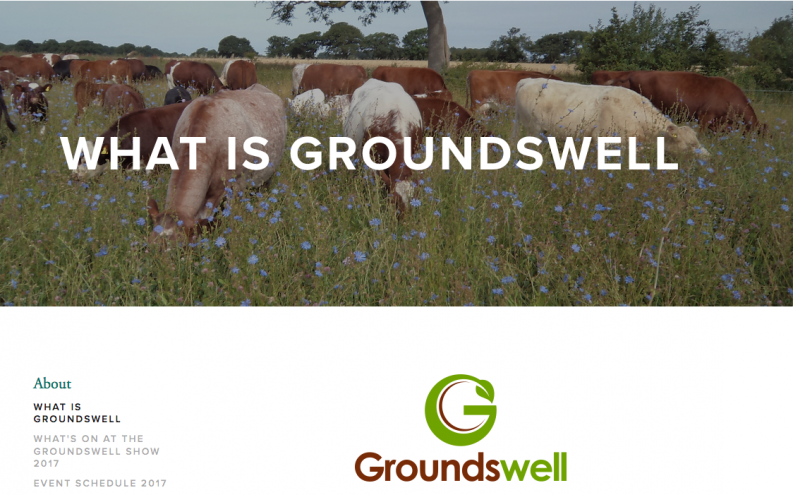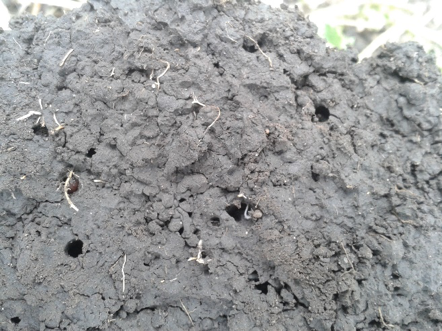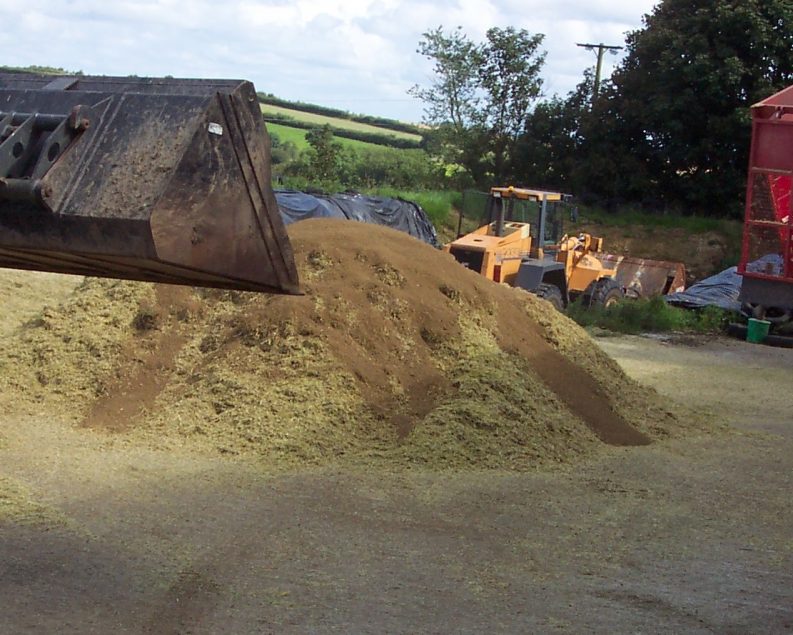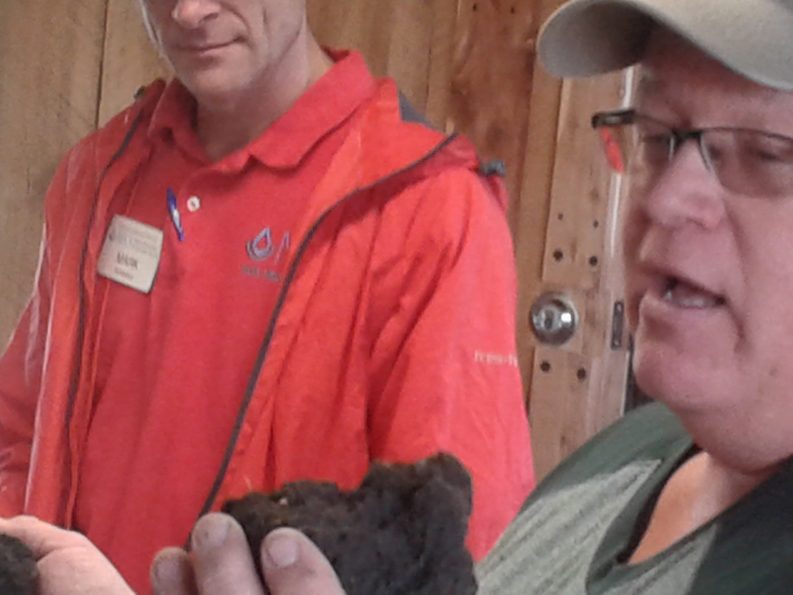The Dry weather came I month earlier than 2018, which was a drought year as can be seen below saw not much grass from Mid-June till Mid-September. This year, mainly due to lack of March-May rain and dry strong Easterly winds, as well as compacted soils found on some farms after a prolonged wet winter. The drought came at a …
Reducing Bought in Feedcost
Most feeds arrive on farm in a Bulk blown lorry and are fed in the parlour. Farmers feeding straight feeds however buy Artic lorry loads @ 28 tons at a time and these are tipped is straight stores. 27 years ago Research at the then Experimental Husbandry Farm on Exmoor, Liscombe, noted that straights like Barley and Sugarbeet as well …
Milk From Forage and Cornwall Silage Competition (part 2)
See previous blog June 2018 Simon Montgomery Devon and Cornwall Representative of Nickerson Seeds Direct, had the privilege to see 8 Cornish finest producers on their silage qualities on their 2018 made silages, reporting back on their field day in April 2019. As again Judging was in according with the standard BGS schedule on scoring grass silages, Dry Matter, ME, …
Spring Compound Feed Comparison
A Customers requested compound feed quotations from 4 different suppliers to be fed out at grass, he requested a full breakdown of each and on entering all feeds into a database. The following was reported: (Compared to Wheatfeed, which makes up a large % in most compound feed rations) From above: No feed even achieved, let alone exceeded declared protein …
Milk From Forage and Cornwall Silage Competition
I was privileged to be requested to spend a day Judging Cornwall finest silage makers on their 2017 made silages, Reported on their field day in June 2018: According to Milkbench 2012/13 data set, Milk From Forage (MFF) was a significant contributor to Profit: https://dairy.ahdb.org.uk/news/technical-article-archive/september-2013/milk-from-forage-and-relationship-with-costs To test out this hypothesis, I went out to request the host farmer for his …
Groundswell
Groundswell is a not-for-profit organisation with the mission to promote understanding and disseminate factual information on no-till and regenerative agriculture within the UK — Groundswell Agriculture Groundswell is an independent farming conference, designed ‘by farmers for farmers’ to focus on emerging methods of soil regeneration, reducing inputs and increasing profitability in arable and mixed farming situations. On a working no-till …
Grassmeter
1 2.5 4 The above figures would describe a lot of Instances, as in 1st Leaf of grass is produced from its Sugar stores. At the 2.5 leave stage the optimum grazing stage is reached for Maximum Energy and Protein content and when 4th leave emerges on Ryegrass the 1st Leave produced dies off! However in a recent meetings with …
Round Bottoms are Best!
Round bottoms are better than angular bottoms (see picure 1). Especially where soils are concerned. By round we mean the soil particles (see Picture 2). Angularity in soil particles is due to compaction and mechanical intervention to break up soil into smaller particles, however this creates very small surface area as particles themselves are large. Roundness of soil particles is …
Protein, Why? How? Which? Do we need it?
In Ruminant nutrition, because of the fact we are dealing with a microbial population in the Rumen, the animal is able to digest a different range of Proteins and transform them into different Proteins and derived products. The Rumen Microbes can even can make proteins from non-organic forms of Nitrogen like Ammonium and Urea, which is found in herbage, and …
International Soil Scientists Convention – North Dakota
Dr Jennifer Dungait and myself just returned from visiting Farmer Gabe Brown’s Ranch in North Dakota with a bunch of Ranchers and other International Researchers. Here Jenni is talking to Jay Fuhrer from USDA NRCS (NATIONAL RESOURCE CONSERVATION SERVICE.) Big Tall man showing his back is Dr Jeff Baldock from CSIRO (Australia). Also in picture is Dr Sarah Collier, who …
